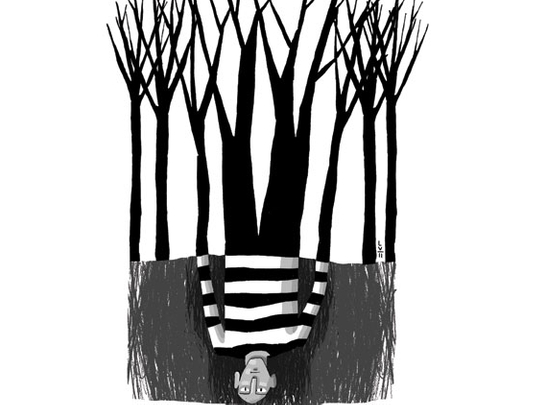
Perhaps the most frightening horror stories are those that sound plausible enough to come true. The Birds by Daphne du Maurier, maybe, or Roman Polanski's Rosemary's Baby.
If this is the case, Simon Lelic has written one of the most terrifying thrillers. The Facility — his second novel — is horrifying for the very reason that it is completely plausible.
Set in modern-day Britain, the plot follows a "falsely imprisoned man", a "wife intent on finding the truth" and a "journalist running for his life" through the many twists and turns of the truth behind the political handling (or mishandling) of disease outbreak in society and political party ratings.
Too real for comfort
With its early February 2011 release date hot on the heels of the not-so-historic global outbreak of the H1N1 A influenza virus, the book's topic hits home to an even greater extent. (It is recent enough to mention the 2009 pandemic in a list of viral infections, including HIV — the human immunodeficiency virus — and SARS — severe acute respiratory syndrome.)
Where and what is The Facility? Nobody seems to know, not even the "patients" who have been forcefully locked up there.
The novel raises numerous moral, ethical, social and political issues throughout, creating suspense and forcing its reader to ponder what might really be going on in The Facility.
Lelic speaks through three narrative perspectives — the falsely imprisoned man; the journalist running for his life; and an interesting third perspective from The Facility manager Henry Graves on the inside (both metaphorically and literally).
With this, Lelic gives what journalists are supposed to give their editors: a balanced story from different perspectives.
The two-time author runs his own business at present but his past experience working as a journalist shines through, particularly during newsroom scenes.
A repartee between Libertarian reporter Tom Clarke and his editor Katherine Fry is believable.
In one particularly clever scene, Clarke is trying to sell a story to his editor, simultaneously convincing the reader to keep turning the pages. After several angle suggestions, he goes for the kill with a story lead about ethics.
As an extract from Part Three goes:
"It's unethical. I don't dispute that. But, Tom: remember what I said. If we're going to run this, we need to be one-hundred-per-cent right. We need a story they can't counter, can't spin, can't comment on without digging themselves deeper into a hole."
Tom sits back. He leans forwards again. He looks at Katherine and he stands. "Okay," he says. "Fine." He paces. He tells himself Katherine is only doing what she is supposed to be doing. She is the editor, after all; probably she is right.
She is not right. She is wrong. But in fact it does not matter …
"Talk me through it," she says at last. "But, Tom, keep your voice down."
While the plot that unravels is conceivable and horrifying, the romantic sub-plot that emerges — between Clarke and Julia, the wife of the missing man Arthur Priestley — isn't convincing and seems rather unnecessary.
Clarke extensively finds himself alone with Julia. Obviously attracted to each other, they strike up a romance. The narrative here is somewhat clumsy and really could have been omitted.
While a little reminiscent of the science-fiction thriller 28 Days Later, The Facility would make for a fantastic, gripping film adaptation.
The work has been described as "a terrifying portrait of a society obsessed with security at whatever cost".
This is made all the more terrifying when considered that this isn't too far from the truth of modern-day Britain.
The FacilityBy Simon Lelic, Mantle, 272 pages, £12.99








